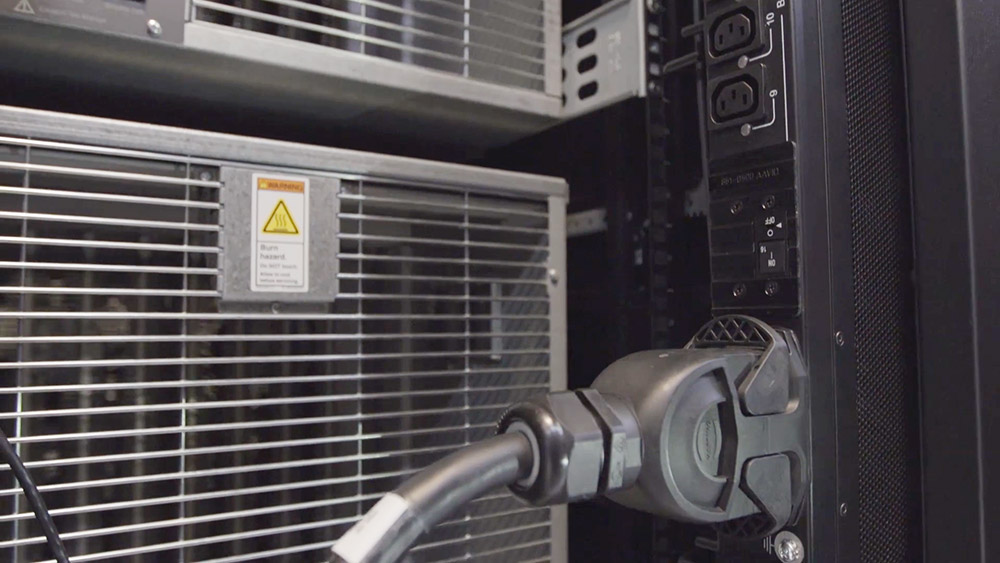From power to powerful
Daniel Deng, Head of Product Application Management
The second session of the 13th CPPCC announced to arrange nodal facilities in a unified manner, speed up the building of 10 clusters of national data centers, and steadily and orderly advance the construction of a new type of National Internet exchange center and a direct connection point for the national Internet backbone. The cluster of 10 data centers is also known as the “East-to-West Computing Resource Transfer Program”.
The overall layout design of the national integrated big data center system was completed, and the project to calculate data from the East for the West was officially launched. According to the project plan, eight regions, including the Beijing-Tianjin-Hebei region, the Yangtze River Delta, the Guangdong-Hong Kong-Macao Greater Bay Area, Chengdu-Chongqing, Inner Mongolia, Guizhou, Gansu and Ningxia, will start the construction of national computing power hub nodes, and 10 national data center clusters are planned to guide the demand for computing power in the east to the west in an orderly way.
Operating a data center undeniably has its challenges. It is well known from the manufacturing sector that any down-time can cause significant losses in profits. For a data center owner or operator such a scenario is an even bigger nightmare.
It’s easy to imagine the cost effects if your favorite social media or everyday office application suddenly stops functioning. Data center outages can happen due to various reasons such as critical weather conditions, network failures, human errors, software issues, but also due to power infrastructure problems created inside the data center from either generator, UPS or PDU failures. This risk should be minimised to zero for hyperscale operators, for obvious reasons.
The best answer today is the strategic investment and management of every single part of the so-called critical infrastructure in the data center. Power is one of the key factors to manage.
That’s why China launched the "East data western computing" project in the year 2022. There are two main reasons for China's strong emphasis on the development of "East data western computing". From the historical background, China is in the era of "dual control of energy consumption" and "carbon neutrality", and the country is very strict in terms of energy control. Many parts of the east are short of power and electricity, and the lack of power supply to data centers will prevent servers from being up and running and providing the computing power needed for 5G development.
Up to now, the scale of China's data centers has reached 5 million standard racks and yearly increases of 20 % are being recorded. Consequently, with so much critical computing power, energy is a vital issue where every factor is essential. HARTING as a components manufacturer, conducted in-depth studies and is happy to announce that the company can support in energy transmission and reduce the costs involved by up to 50 %. Let’s take a closer look.
The impact of connectors on power usage efficiency (PUE)
PUE is an important KPI for data center management. PUE compares the electricity usage of the entire data center with the electricity consumption of only the IT equipment. For this benchmark to be useful, it should be monitored frequently.
- PUE = Total Facility PowerIT/ Equipment Power
Every data center operator should strive to reduce PUE by implementing new technologies. Since PUE has drawn closer and closer to 1 in the last decade, however, it has become difficult to realise major efficiency gains. Consequently, operators should investigate components in their subsystems in order to increase power efficiency.
By using advanced connectivity solutions, plug and play systems can not only save installation time, but as our article outlines, they can have a positive effect on the total cost of ownership (TCO = CAPEX + OPEX). Increasing power efficiency with new and innovative connectors, which further reduce PUE, is indeed possible.
The innovative connectors are HARTING Han-Eco® products.
In order to calculate the exact impacts on power consumption resulting from the use of connectors in data centers, the HARTING Technology Group has measured the power consumption of three different connector solutions in its independently accredited test laboratory in Zhuhai, China.
Not only were the energy transmission costs reduced by up to 50 %, the HARTING Han-Eco® connector uses the same product which is preferred across many major markets including transportation and mechanical engineering. Thanks to the high performance copper alloy material, the contacts impress with long life cycles while still being electrically efficient at the same time.
A dimension comparison report shows that the HARTING Han-Eco® connector is 153 mm while mated. In comparison, CEE 1 measures 304 mm (199 % vs Han-Eco®), and CEE 2 is 249 mm (163 % vs Han-Eco®). Moreover, considerable weight savings are achieved. What’s more, HARTING Han-Eco® connector can be easily integrated together with the power units and even the PDU itself, which the CEE connector cannot achieve.
What’s more, HARTING Han-Eco® connector can be easily integrated together with the power units and even the PDU itself, which the CEE connector cannot achieve.
To sum things up, the HARTING Han-Eco® connectors not only provide you with power but also will equip you to be more powerful. From power to powerful, HARTING is ready and looking forward to empowering you.

